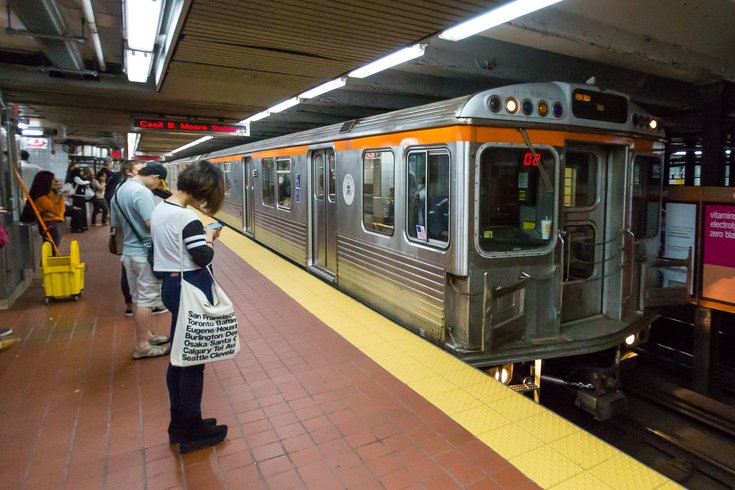
June 07, 2017
 Thom Carroll/PhillyVoice
Thom Carroll/PhillyVoice
A SEPTA subway train enters Cecil B. Moore Station on the Broad Street Line, Tuesday, Oct. 4, 2016.
Last month, SEPTA saw back-to-back deaths within a day of one another; one was on the regional rail tracks in Jenkintown, the other on the Broad Street Line by the North Philadelphia station.
The subsequent train delays immediately brought to light the tragedies, but also pointed to an ongoing conflict facing SEPTA officials: How can death – accidental or suicide – be prevented on the tracks?
In 2014 the transit agency partnered with Montgomery County Emergency Services to launch a pilot suicide prevention program, and suicide prevention signage at 290 different stations soon followed. In 2016, however, a reported 13 deaths still occurred on the tracks, seven of which were determined to be suicides. This is no deviation from the rate of deaths from years prior to the signs’ placement.
One possible solution? Deploying suicide barriers on train platforms. If SEPTA were to use them, they would be the nation's first public transit system to do so.
PlanPhilly reported that SEPTA General Manager Jeff Knueppel is now asking engineers to consider platform barriers as City Hall's station continues renovations. The partitions would be placed between the train platform and train tracks and include sliding glass doors for access when the train arrives. Trams in some U.S. airports use similar barriers.
Jonathan Singer, the secretary of the American Association of Suicidology, told PlanPhilly that though signs bring public attention the fact that suicide is sometimes committed on the train platform, applying barriers could have a greater impact on preventing suicide, as purposeful death on the railroad leans toward being an impulsive act.
"Having a barrier literally prevents somebody from killing themselves at that spot," Singer told PlanPhilly.